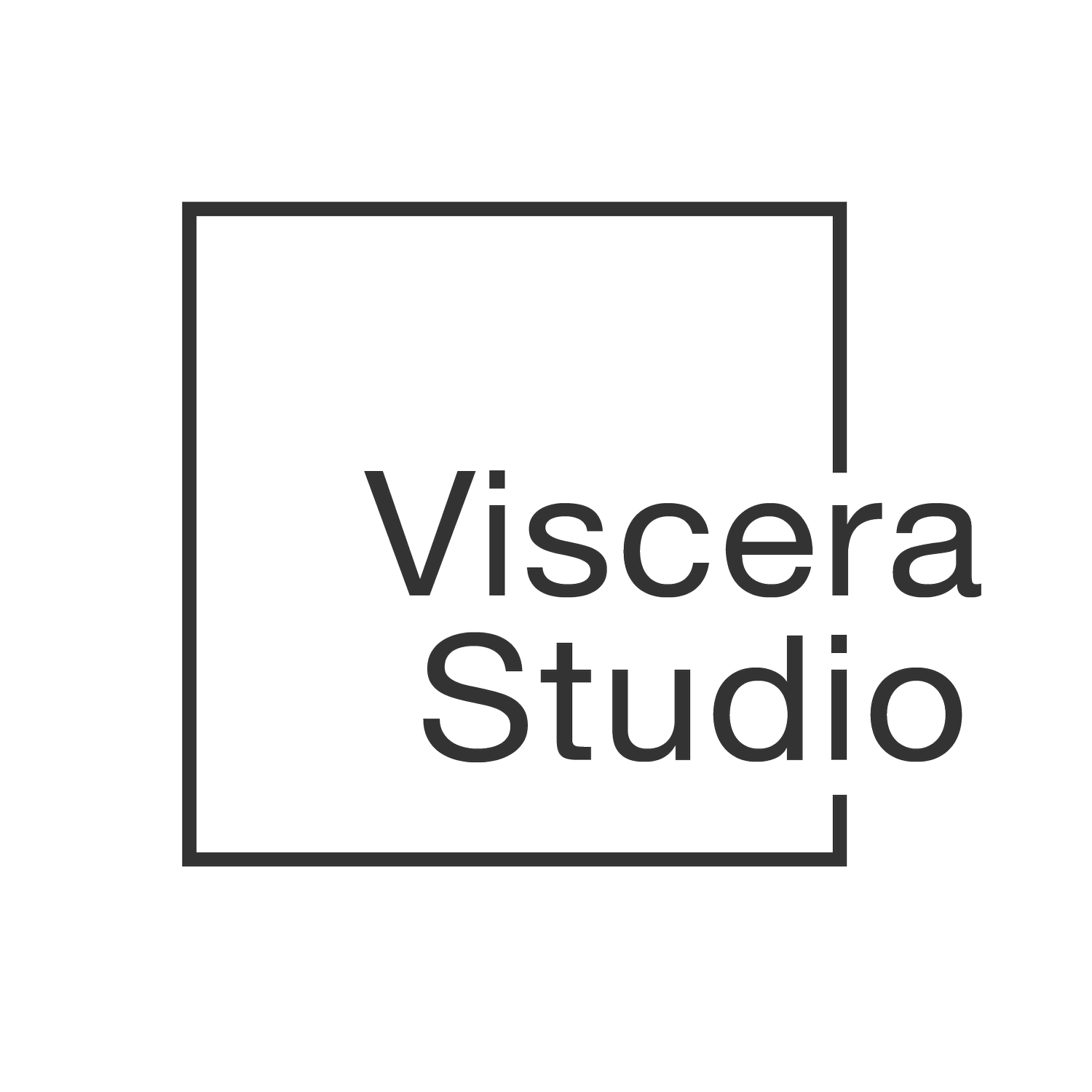Colours, Fonts, and Layouts: The Psychology Behind Effective Branding
When you walk into a beautifully designed store, you notice it right away—how the space makes you feel. Calm. Energized. Curious. Maybe even hungry. Before a single conversation happens, your senses have already made up their mind.
That’s branding. And most of it? Happens without words.
At Viscera Studio, we often say that branding isn’t just about how things look—it’s about how they feel. Your colour palette, fonts, and layout are all sending quiet, persistent signals to the people you’re trying to reach. That’s where design meets psychology.
You don’t have to have a PhD in colour theory but it helps to understand what your choices are saying on your behalf.
Color Talks—Louder Than You Think
Think about the brands that instantly make you feel something. The cool, trustworthy feel of blue. The hopeful lift of yellow. The groundedness of forest green.
Color plays a familiar role in branding—but when used with intention, it can quietly shape how people feel about your work.
Studies suggest that people make up their minds within 90 seconds of an initial interaction, and up to 90% of that assessment is based on color alone (Institute for Color Research). Color isn’t just a design decision—it’s a first impression.
And it’s emotional.
We often associate:
Blues with calm and professionalism (it’s no surprise that so many healthcare and tech companies lean into it).
Yellows with optimism and creativity (think: warmth, light, ideas).
Greens with sustainability, nature, and health.
Neutrals with refinement and focus—giving space for other elements to shine.
But here’s the thing: context matters. A bold red might feel passionate in one brand, and aggressive in another. It’s less about rules, more about alignment. What are you trying to say?
When we work with clients at Viscera, we often begin by asking, “What do you want people to feel when they land on your page, pick up your brochure, or scroll your feed?” The color story often begins there.
Typography Is Your Visual Voice
If color sets the mood, typography is the tone of voice.
Serif fonts, with their classic, bookish feel, suggest heritage, reliability, or seriousness. Sans-serifs often read as modern, clean, and friendly—easy to read, easy to trust. A handwritten script might bring warmth and personality, while a minimalist mono typeface might feel technical or futuristic.
Fonts aren’t neutral. They carry history, emotion, even memory. The type you choose should reflect your brand’s voice—not just look “pretty.”
In our process, we often explore pairings: a confident heading font that draws you in, paired with a soft, legible body font that invites you to stay. There’s something intimate about reading—so the typography should match the mood you want to create.
Layouts Create the Experience
Once color and font are speaking, layout becomes the rhythm of the conversation.
Ever opened a website and didn’t know where to look? That’s a layout problem. Good design feels like someone thoughtfully guiding your attention: “Start here. Notice this. Here’s what matters next.”
Psychologically, we crave structure. We want to feel like we’re in capable hands. That’s why things like whitespace, balance, and consistency matter more than they get credit for. They make content feel digestible—and brands feel dependable.
When we design at Viscera, we think of layout like choreography: it should move you. Not overwhelm you.
Bringing It All Together
You don’t need a background in design to make thoughtful choices. Start with how you want people to feel, and work outward from there.
Color, typography, and layout aren’t just decorative—they’re tools to communicate your values, build trust, and help people connect with what you do. When they work together, they create a brand that feels intentional, consistent, and emotionally resonant.
If you're just beginning to think about how your visuals support your message, that's a good place to be. Trust your instincts. Notice what resonates. Revisit your brand with fresh eyes.
And if you ever need someone to walk through it with you—we’re here with a perspective, process, and a few tools to help you get where you’re going.

